Marriage and the State: Not Exactly a Love Story
Amid the fracas over who can marry whom, professor and author Stephanie Coontz poses a provocative question in Monday's New York Times that leads to some interesting history and shifts the focus of the debate: "Why do people -- gay or straight -- need the state's permission to marry?"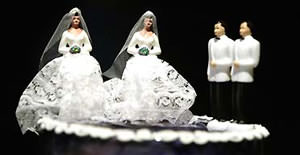
Amid the fracas over who can marry whom, professor and author Stephanie Coontz poses a provocative question in Monday’s New York Times that leads to some interesting history and shifts the focus of the debate: “Why do people — gay or straight — need the state’s permission to marry?”
Your support matters…The New York Times:
Not until the 16th century did European states begin to require that marriages be performed under legal auspices. In part, this was an attempt to prevent unions between young adults whose parents opposed their match.
The American colonies officially required marriages to be registered, but until the mid-19th century, state supreme courts routinely ruled that public cohabitation was sufficient evidence of a valid marriage. By the later part of that century, however, the United States began to nullify common-law marriages and exert more control over who was allowed to marry.
By the 1920s, 38 states prohibited whites from marrying blacks, “mulattos,” Japanese, Chinese, Indians, “Mongolians,” “Malays” or Filipinos. Twelve states would not issue a marriage license if one partner was a drunk, an addict or a “mental defect.” Eighteen states set barriers to remarriage after divorce.
Independent journalism is under threat and overshadowed by heavily funded mainstream media.
You can help level the playing field. Become a member.
Your tax-deductible contribution keeps us digging beneath the headlines to give you thought-provoking, investigative reporting and analysis that unearths what's really happening- without compromise.
Give today to support our courageous, independent journalists.
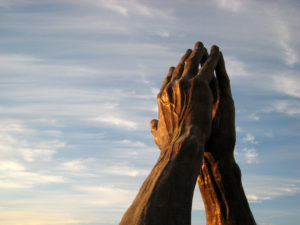
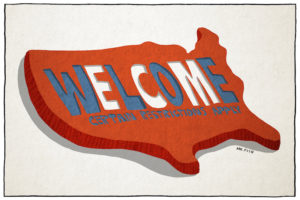
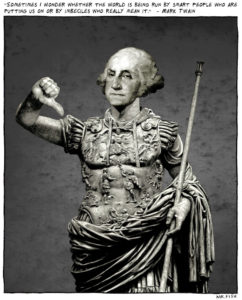
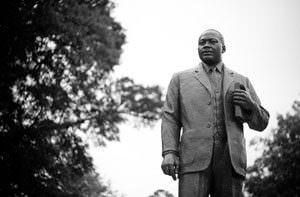
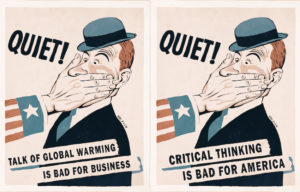
You need to be a supporter to comment.
There are currently no responses to this article.
Be the first to respond.